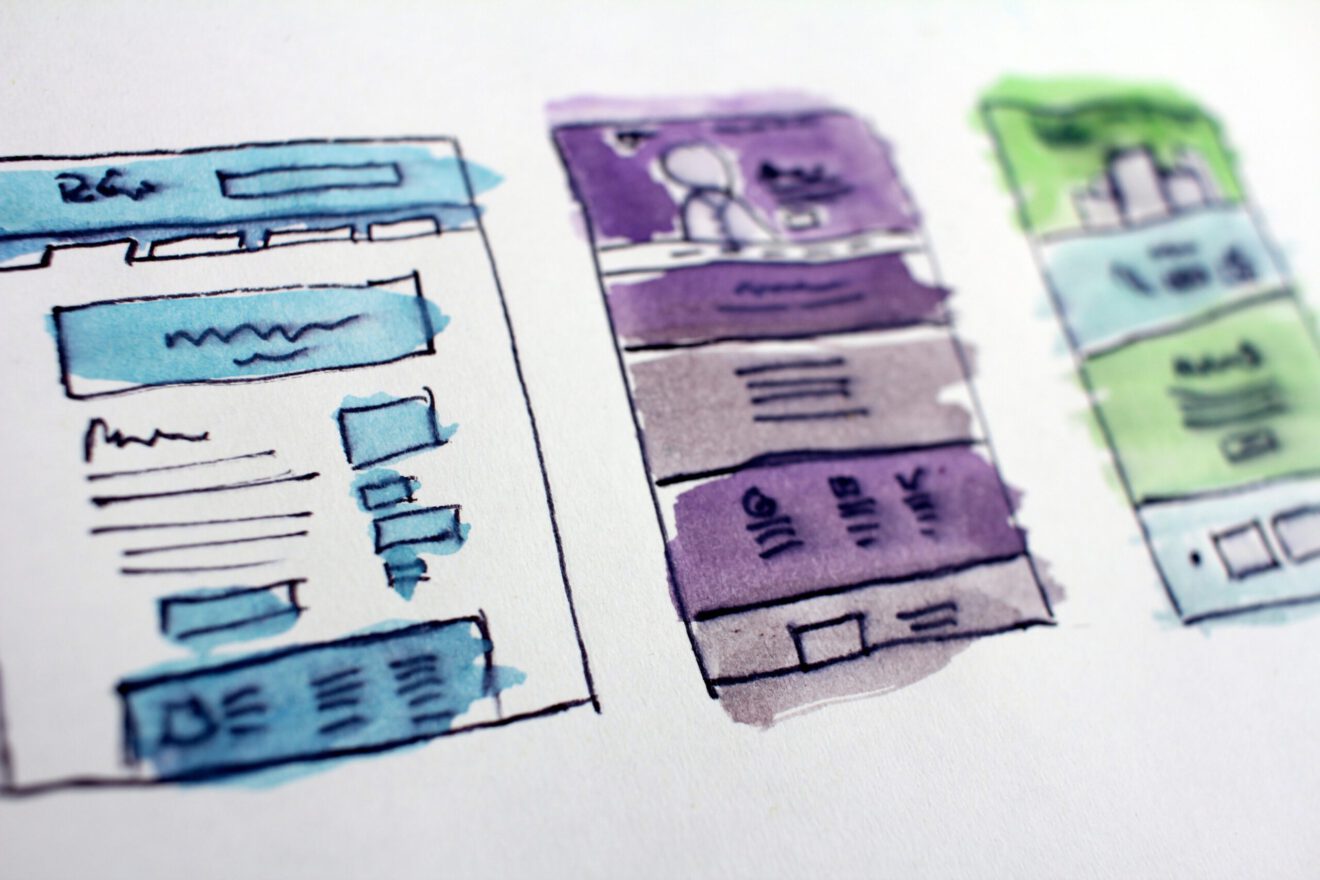In-app programmatic buying is hitting a new phase. Programmatic in-app spending on banners, video and native ad slots have all risen greatly since the beginning of 2017. But, in Q1 2019, we found that the majority of spending was not going to banners. In fact, during the first three months of the year, only 45% of all spending on InMobi Exchange went towards standard banners.
That is a surprising and valuable takeaway. In fact, I rechecked this data three times because it was quite a shocking finding.
But it’s true: we are seeing a majority of in-app mobile programmatic spending being directed towards high-impact mobile advertising, including full-screen video placements, full-screen interstitials and native placements, rather than standard banners. This is a very critical takeaway for buyers. Even standard banners are increasingly using rich media capabilities.
And, this isn’t limited to branding campaigns. Even direct response advertisers are finding high performance from native advertising placements, interstitials as well as video. I anticipate that direct response-oriented advertisers will disproportionately increase their spending on in-app mobile advertising. Yet, I still think you will see a significant percentage of spending going towards high impact ad formats rather than standard banners. That’s really great news from my perspective.
Why are advertisers moving away from static banners?
Why are advertisers beginning to fully embrace mobile-first creative formats? Because they work.
This is especially the case with video. Mobile video continues to drive significant performance for buyers.
In Q1 2019, US video click-thru rates were 10x greater than click-thru rates for banners on average. Even with the power and promise of native, video still drove 2x greater CTR than native. Of all ad formats, video consistently has the highest CTRs.
Video is performing well from a viewability standpoint, too. In Q2 2019, we saw, on average, video completion rates of around 80% and viewability rates of approximately 91% (as verified by the likes of IAS, Moat and DoubleVerify) via private marketplace deals. In comparison, average video ad completion rates in 2016 and 2017 were around 68%.
The ascendance of VAST over VPAID has helped boost video’s effectiveness. The industry has really moved to accept VAST as the primary ad-serving template for video creatives on the in-app side. This is great because this gives you a buffer-free experience for a user, and ultimately will enable your advertising to be more impactful. In the past, 43% of advertisers said they avoided mobile video advertising due to its long load times; thanks to VAST, that’s no longer a concern.
And, video is only getting more effective, especially as advertisers better understand video viewing habits on mobile. This is becoming especially apparent in terms of video ad length. Over three-fourths of people will skip video ads as soon as they can, so it’s critical for advertisers to get their message across as soon as possible.
Today, 70% of served video ad impressions in the US via InMobi Exchange are 20 seconds or less. Around 10% of video ads are now six seconds or less, and I expect that will significantly grow in 2020. The IAB has been preaching this since at least 2016, so it’s heartening to see advertisers finally getting the message.
Moving from mobile-optimized to mobile-first
We have seen several advancements and improvements in mobile-first creative experiences, and ultimately an increased investment. I think we have moved beyond the days when an ad was simply re-sized or edited so it could “fit” the mobile format. It’s amazing to see what is truly capable from a creative standpoint when brands start with a mobile-first perspective, leverage the medium, and ultimately create a superior customer experience.
In the US, a majority – 60% to be exact – of video private marketplace deals take advantage of video end cards, up from 10% a year ago. This is a big increase in only one year.
And, approximately 30% of banners, including interstitials, and around 40% of all display ads leverage rich media creative experiences. In addition, we see huge use of rich media for the use of full-screen interstitial placements. Even back in 2013, studies have highlighted the benefits of rich media creatives, and advertisers are finally following suit.
Almost all InMobi Creative Services work is now focused on full-screen interstitials and video versus banners which were not true several years ago. Buyers are increasingly buying vertical video PMP packages as well.
I’m glad that creative is getting its just due, and is fully connected to in-app media buying. This year, looking at Q2 data, I’m pretty blown away by the changes that the buyers are making from a creative perspective. There are some fundamental changes happening around creative, with a focus on high-impact mobile creative, and specific changes that are happening around video as well.
What does the future hold?
Mobile is both a secondary screen as well as a primary video viewing screen. Mobile is more than just one more screen we look at during the day. It’s really a super screen; it’s the most personal device we have, and it’s the only one we carry with us essentially every waking second.
I think brands are starting to better understand this, which is why mobile-first creative formats are becoming both more popular and better understood. While it will be a while before banners are not the most popular ad format across the industry, we are making progress in this regard.
Anne Frisbie is the Senior Vice President of Global Brand & Programmatic at InMobi. In this role, she oversees InMobi Exchange, Brand sales in North America and Europe, and also leads InMobi’s global Brand strategy.
If you enjoyed this article, sign up for SmartBrief’s free email from the Mobile Marketing Association. It’s among SmartBrief’s more than 200 industry-focused newsletters.
